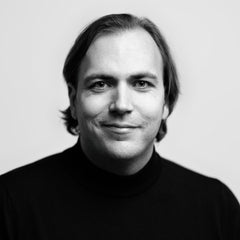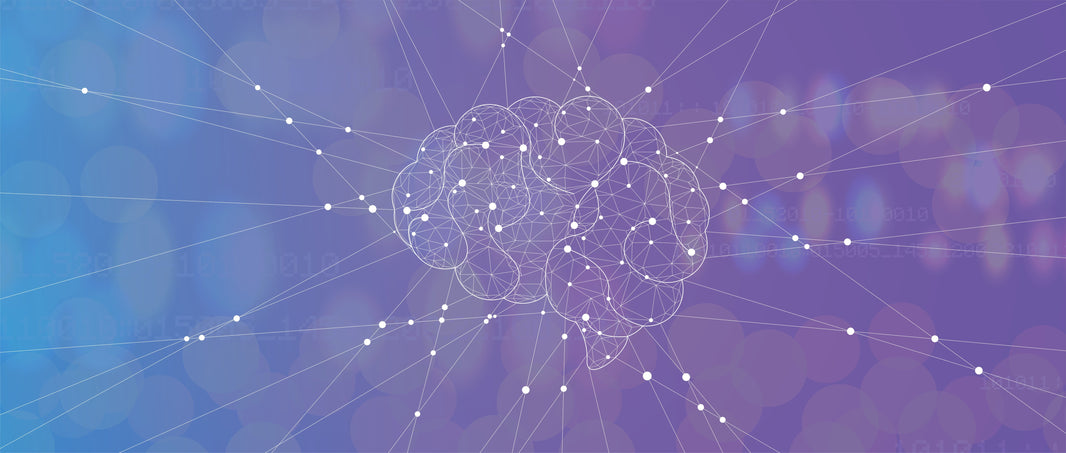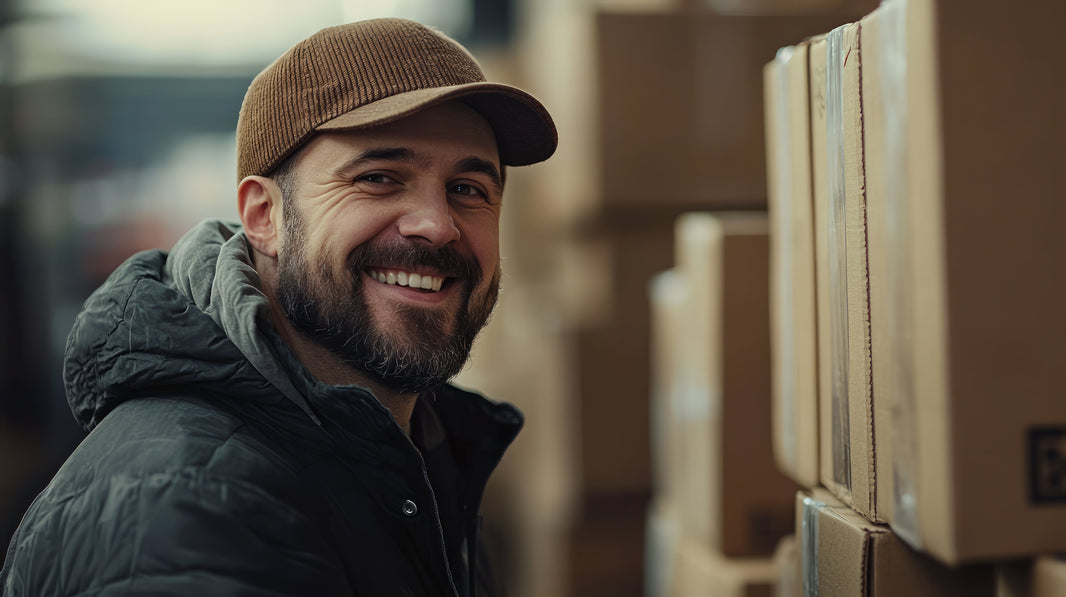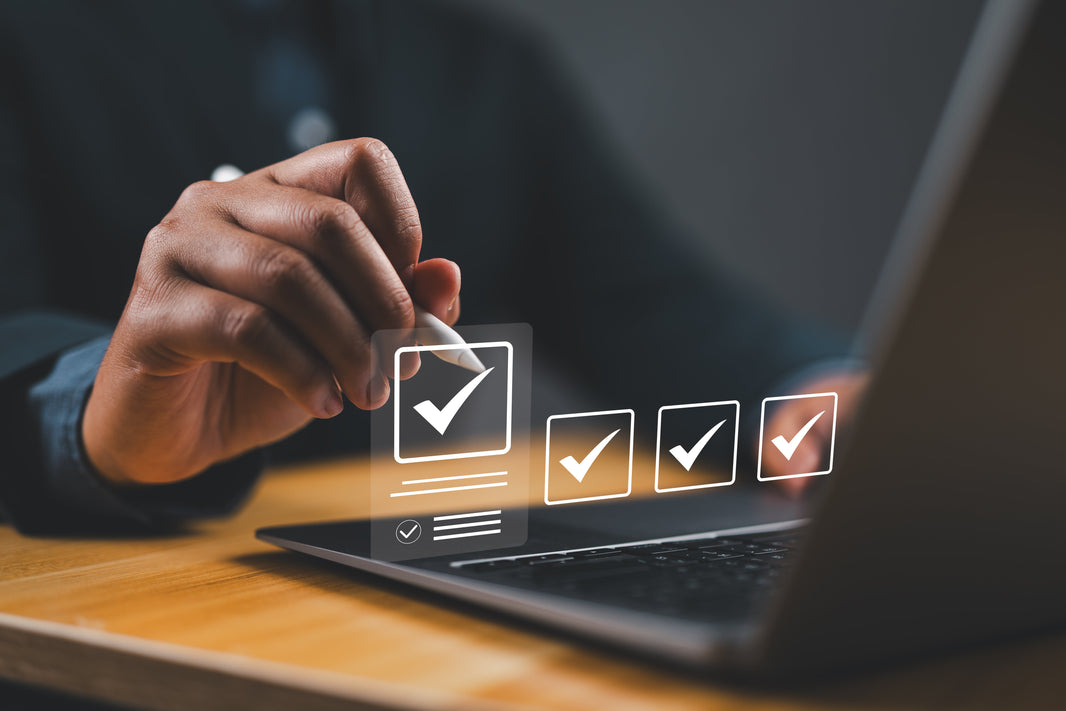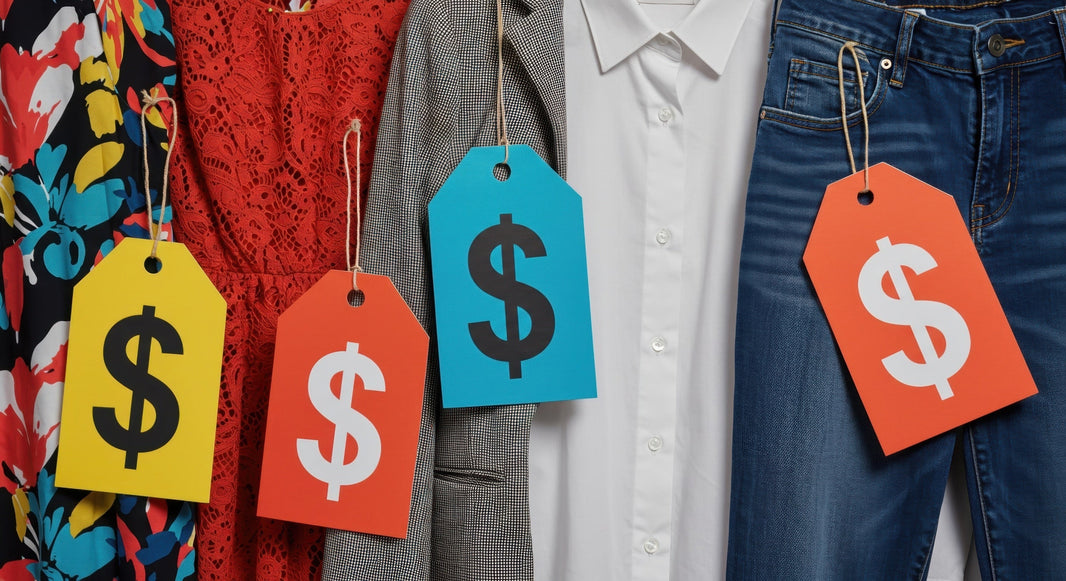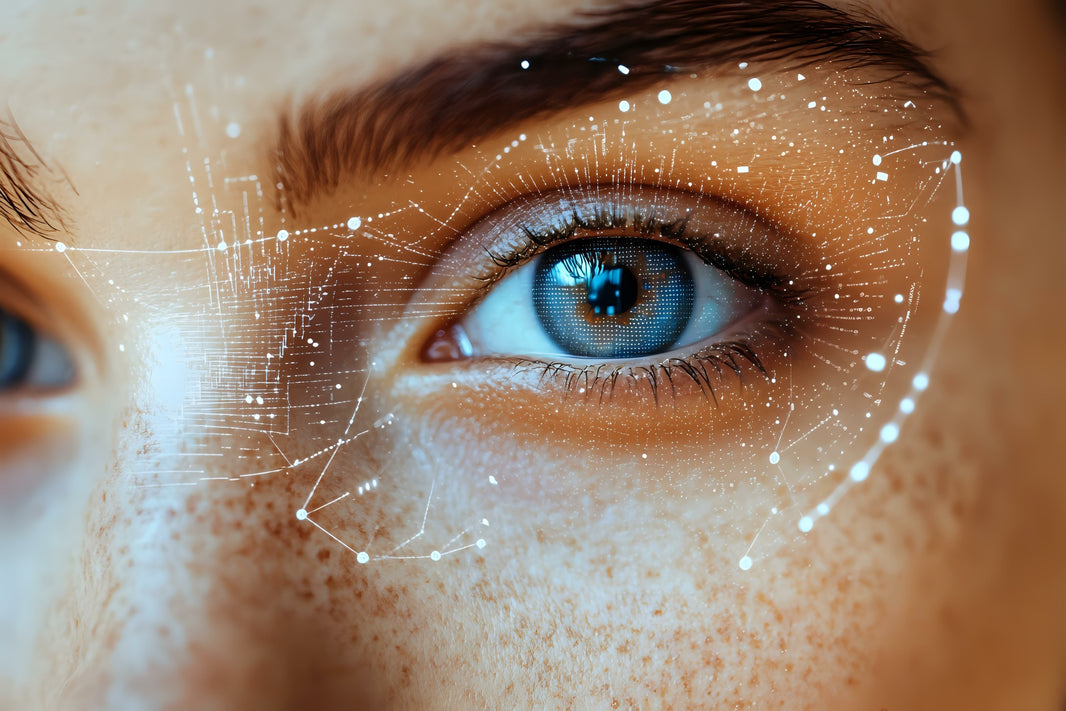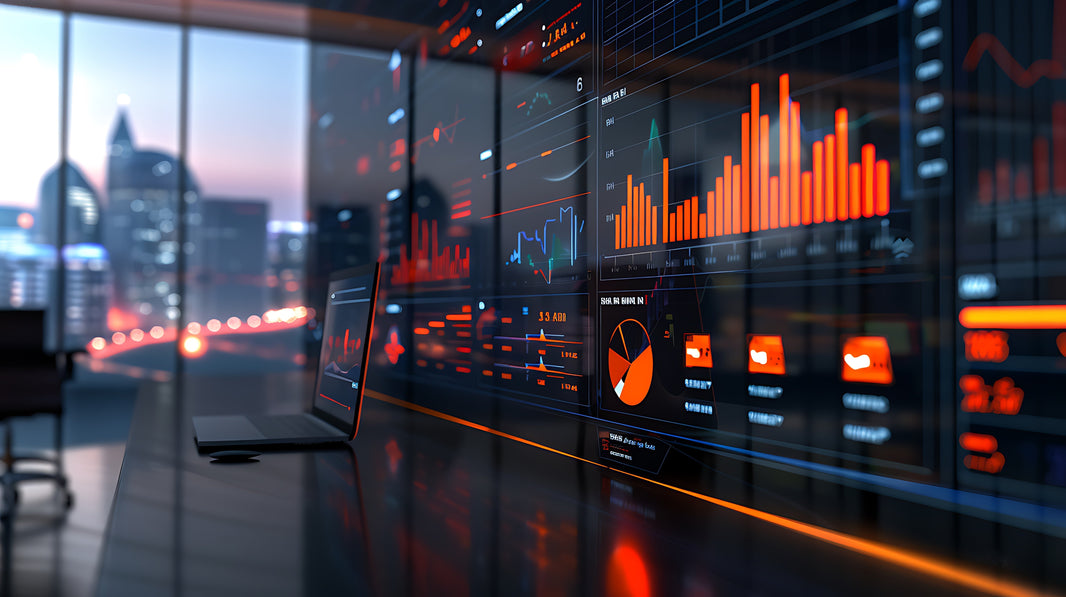Many companies are facing the downsides of hybrid working: Working from home means employees feel less connected to their employer. The human resources consultancy Robert Walters has developed an innovative solution to this problem: the world's first office interior design based on neuroscience. The result is a true community; a place where people come because they want to, not because they have to. The Vlaardingen-based company Hoogerwerf Projectinrichting is managing the project. The new office will be completed in May 2023.
"It's exciting to be working on something that's never been done before," says Peter Hoogerwerf about the project to design the world's first commercial building based on neuroscience. "The result will be an interior design based on people's deepest impulses." The project will also collect data that we can use in future projects. We will soon know exactly which parts of an office design resonate with a particular user group and which don't. For this project, Hoogerwerf collaborated with Neuroventures, a specialist in neurological and behavioral research. This scientific research was conducted together with Neurensics, the founder of neuromarketing research in the Netherlands, which is affiliated with the University of Amsterdam.
"Human behavior is determined by unconscious processes. So you can only predict how people will feel in a certain environment if you know their subconscious. The research findings formed the basis for the new office design," says Martin de Munnik of Neurensics. An office that brings people together Jose Bokhorst, Managing Director of Robert Walters Netherlands, says the company is excited about the result. "Instead of asking Hoogerwerf to design the office of tomorrow, we asked them to design the office of the future! The function of the office has changed, partly due to the corona crisis. We want people to come to the office not because they have to, but because they want to be inspired and meet each other in person. The function of an office should be to bring people together." Bokhorst expects that creating such a community will also increase the organization's attractiveness to potential new employees.
Scientific research
The process for developing the ideal office design consisted of three steps. First, profiling interviews were conducted with 18 people. These interviews tested how people reacted to various conditions and what associations they had with them. Based on these associations, various mood boards were then created. The mood boards were shown to 24 participants while they simultaneously underwent an MRI scan. This revealed which parts of the brain were activated and which emotions were evoked. The result was a scientific report that Hoogerwerf used as the basis for the interior design of Robert Walters' office building.
The neuro office in the practice
Throughout the office, different spaces offer different sensory stimuli—including scent technology, the use of color, and wayfinding—that subconsciously influence employees to use each space as intended. The most striking space is the "Arena." This area isn't designed to make people feel "comfortable," but rather to make them more alert when they enter. This is the ideal environment to perform at their best, and afterward, employees can recover in a garden-like setting inspired by the Tuscan countryside. The needs of the different groups in the building—be they employees, job applicants, or visitors to the office—are served based on their respective characteristics.



